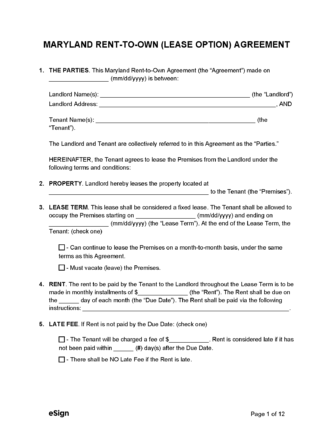Landlord Resources
- Landlord and Tenant – Real Property, Title 8
- Contracts of Sale – Real Property, Title 10, Subtitle 7
- Handbook (Guide) – Landlords and Tenants Tips on Avoiding Disputes
- Informational Materials – Real Property Brochures & Other Information
- Homeownership Article – Selling a Home

